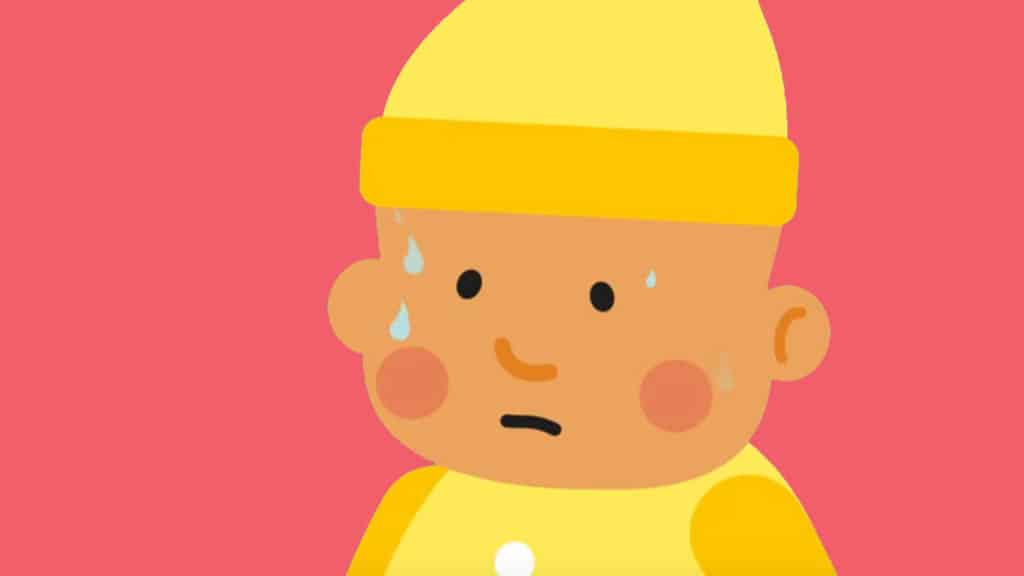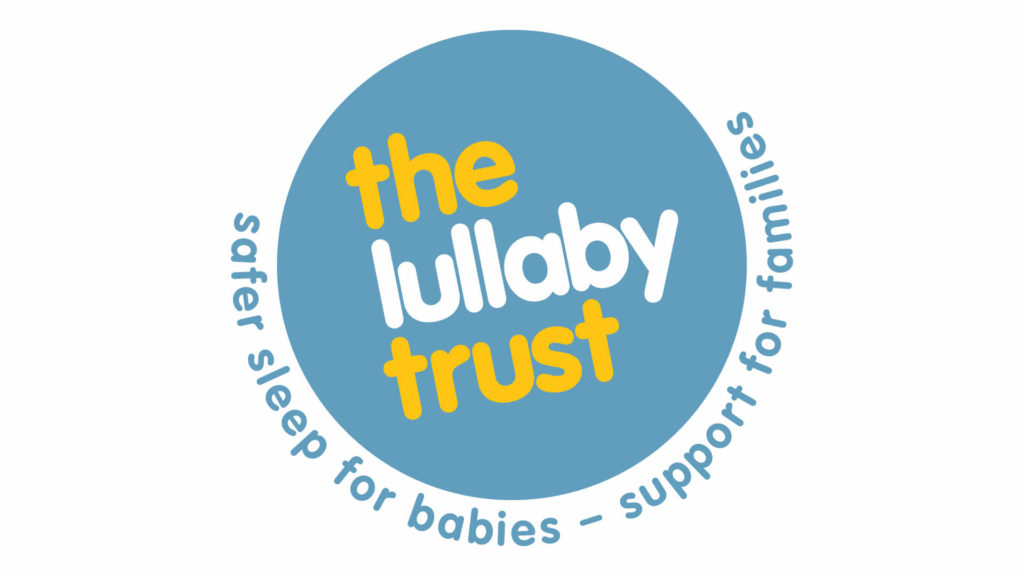As we move into the Summer and warmer weather, it is important to make sure that your baby’s room is a comfortable temperature – not too hot or too cold. The chance of SIDS (Sudden Infant Death Syndrome) is higher in babies who get too hot, so try to keep the room temperature between 16 -20°C
This information from the Lullaby Trust can help you make sure that your baby is a safe temperature when sleeping:
Use a room thermometer
It can be difficult to judge the temperature in the room, so use a room thermometer in the rooms where your baby sleeps. A simple room thermometer is available to buy from our online shop; for more information, please call 020 7802 3200.
How to check if your baby is too hot or too cold
Every baby is different and our advice on room temperature is intended as a guide. So while it’s important to be informed about overheating, you need to check your baby regularly to see if they are too hot.
Feel your baby’s chest or the back of their neck (your baby’s hands and feet will usually be cooler, which is normal). If your baby’s skin is hot or sweaty, remove one or more layers of bedclothes or bedding.
Our advice on bedclothes and bedding
Babies who are unwell need fewer, not more bedclothes.
Babies do not need to wear hats indoors, nor sleep under a duvet or quilt.
The benefit of sharing a room with your baby
Remember that the safest place for your baby to sleep is in the same room with you for the first six months – this will be especially helpful in judging the temperature they will be sleeping at.
Temperature: FAQs
How can I check if my baby is too hot?
The best way to check on your baby’s temperature is by putting your hand on the skin on their chest or the back of their neck. Don’t use their hands or feet as a guide as they will always feel cooler than the rest of their body.
If your baby is too hot you will feel the skin is hot, slightly clammy or sweaty, and you will need to remove some layers.
I’m worried about my baby overheating in warm weather, what can I do?
We appreciate how difficult it can be to keep your baby’s room between the ideal 16-20⁰C in the warmer months, knowing that overheating can pose a risk. If the room where the baby sleeps is difficult to cool, follow the ‘summer rules’ of lighter bedding and clothing and open the bedroom door and a window, if it is safe to do so.
You might also like to use a fan to cool the room, but don’t aim it directly on the baby.
When the weather is hot it is important to make sure that your baby has plenty of fluids. Fully breastfed babies don’t need any extra water until they start eating solid food. During hot weather they may want to breastfeed more than usual. If you’re bottle feeding, as well as their usual milk feeds, you can give your baby a little cooled boiled water. If your baby wakes at night, they’ll probably want milk. If they have had their usual milk feeds, try cooled boiled water as well.
My home is below the ideal temperature in the winter, should I keep the heating on all night?
It is rarely necessary to keep your heating on all night, and adding an extra layer will usually help. Remember not to add a hat to your baby when they are indoors, as their head is important for
maintaining their body temperature by releasing heat.
If you do feel your home is too cold and you want to leave the heating on all night, make sure it is set at a low temperature, and certainly no higher than 20⁰C.
Why do babies who are unwell need fewer layers?
When babies feel unwell, with a cold or fever, they may be warmer than usual. It is important that you put fewer layers on an unwell baby so they have the opportunity to lower their body temperature – don’t feel tempted to wrap an unwell baby up more than usual.
If your baby shows signs of being significantly unwell you should seek medical advice. You may also find it helpful to use our Baby Check app to monitor your baby’s symptoms.
- Download the Safer Sleep Product Guide
- Download the Temperature Fact Sheet here
- Download the Safer Sleep Guide for Twins
- Safer Sleep Advice for Premature Babies Guide
- Visit the Lullaby Trust to find out more




